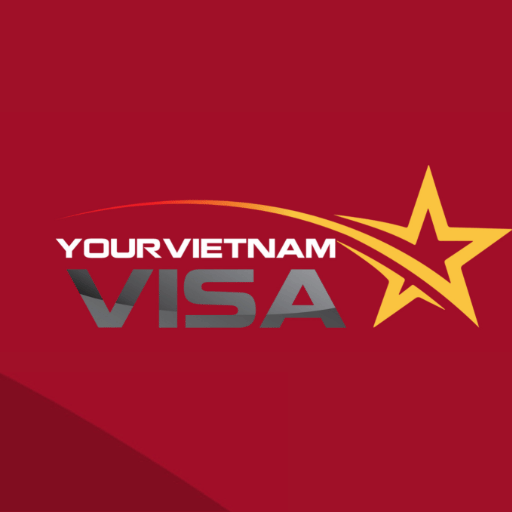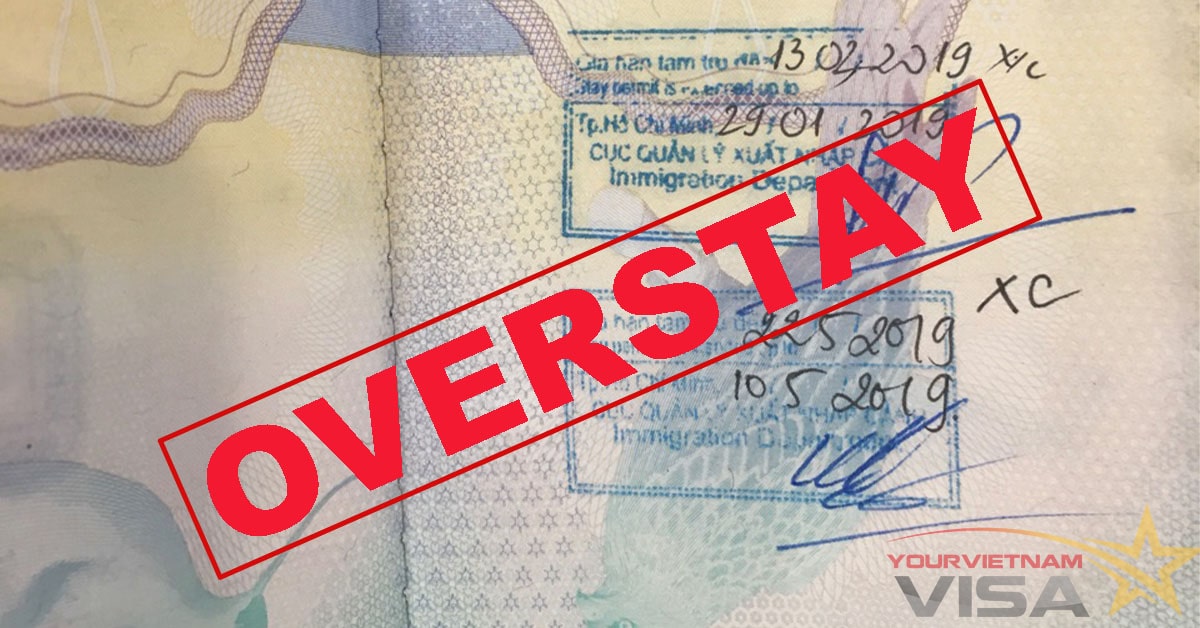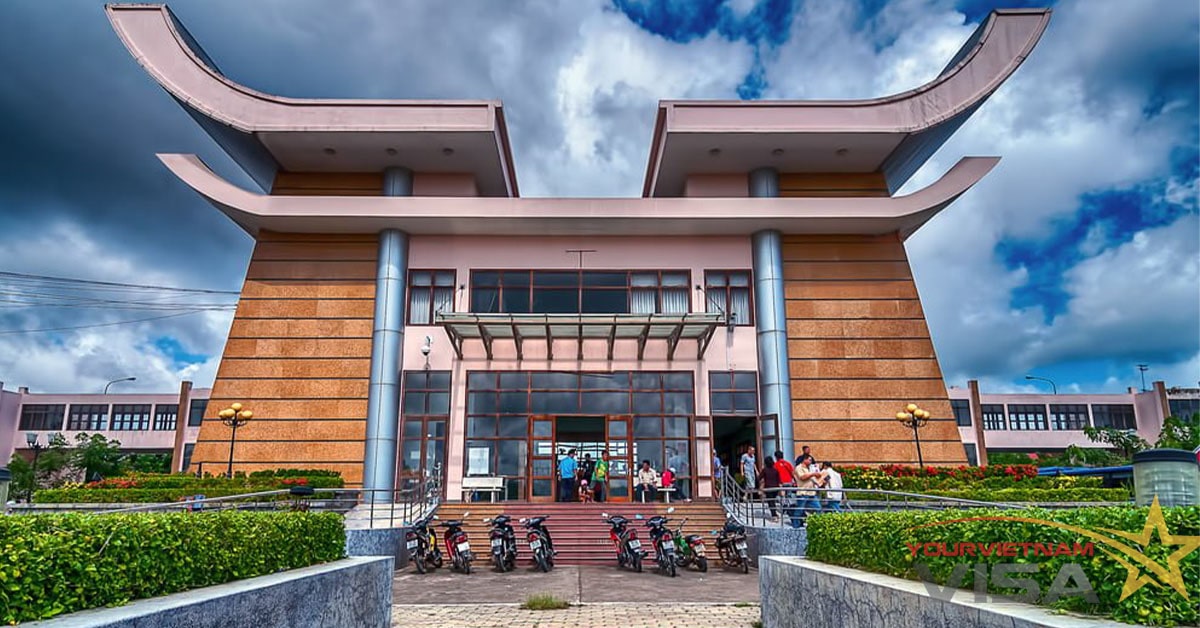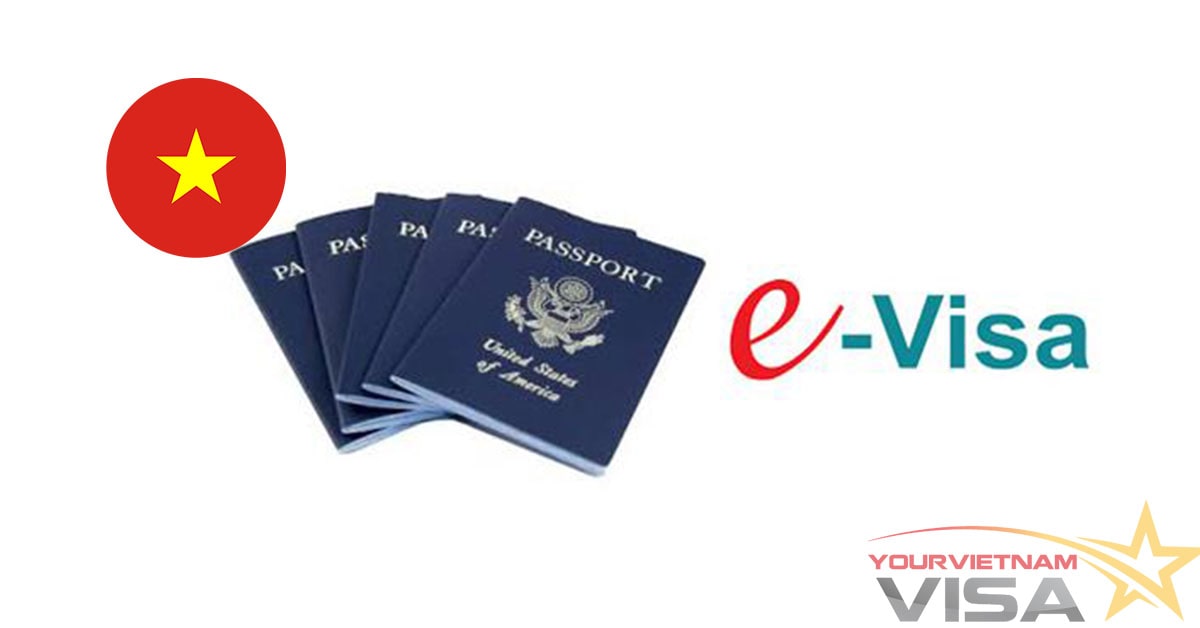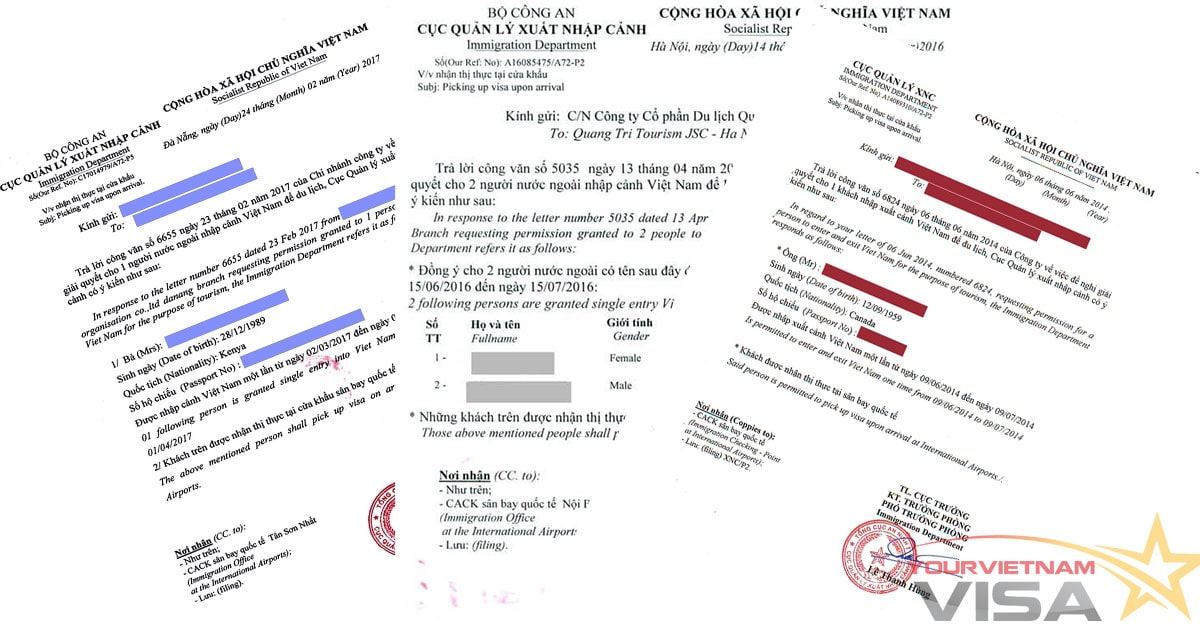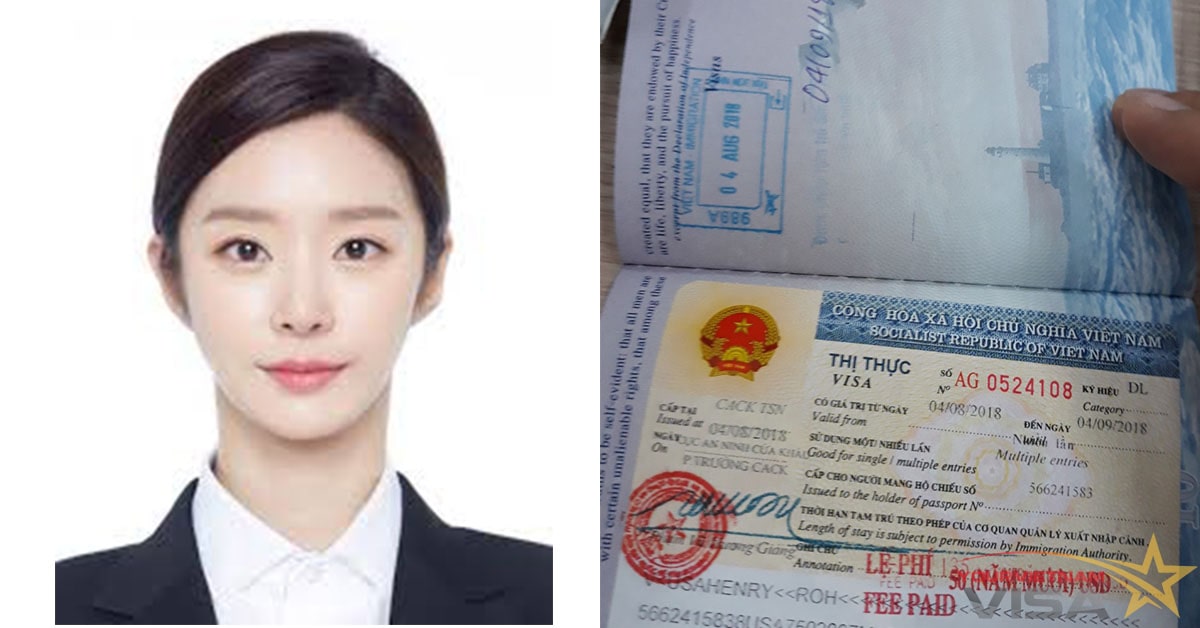Vietnam visa on arrival vs Vietnam-Evisa
Vietnam visa on arrival and E-visa are the two most common ways that foreigners choose to apply for a Vietnam. However, both are likely to be misunderstood and confused by most of applicants. In this article, we would like to make it clear by analyzing all differences between two types and its pros and cons.
What is Vietnam visa on arrival?
Vietnam visa on arrival is one of Vietnam visa types where the applicant is allowed to obtain a visa at the Vietnam International Airport.
What is Vietnam E-visa?
Vietnam e-visa, as the name implies, is an electronic visa which is issued to foreigners by Vietnamese Immigration Department via electronic system.
Main difference between two types of visas
| Item | Vietnam visa on arrival | E-visa |
| Eligible Applicant | All citizens who are travelling to Vietnam by airplane | Only 80 countries as seen in the list |
| Visa validity | 1 or 3 month single/multiple entry
1 year single/multiple entry visa for USA citizens |
Only 1 month single entry |
| Processing time | 2 working days for tourist visa approval letter. It can be processed faster within 4 working or 2 working hours | It normally takes 3 working days |
| How to apply |
|
|
| Visa fees | There are two fees including visa service fee and stamping fee | 25USD only paid online and nonrefundable in case your visa application is denied |
| Entry gates | 11 International Airports of Vietnam | 33 checkpoints (air, land and sea) |
Pros and cons of each type of visa
PROS
Visa on arrival
⋅ Travelers can enter through any International Airports of Vietnam. There is no fixed entry airport on the visa approval letter.
⋅ All citizens are eligible for Visa on arrival as long as they travel to Vietnam by airplane
⋅ It can be extendable
⋅ A group of travelers can be applied on the same visa application form
⋅ Visa can be valid up to 3 months
E-visa
⋅ It is accepted at 33 checkpoints in Vietnam
⋅ The visa process is entirely done online from submitting the application form to receiving a visa. Applicants can easily get an e-visa with Internet-connected devices.
⋅ E-visa holders do not need to wait in a queue at the Immigration Area upon arrival airports in order to get a visa stamped on their passport.
CONS
Visa on arrival
⋅ There are more papers required to submit including 02 empty blank pages on passport, Vietnamese visa application form and 02 passport sized photos
⋅ It takes times for applicants to get visa stamped at the airport because there is a long queue of applicants waiting for the visa processing.
⋅ Except for visa service fee paid to get visa approval letter beforehand. There is an additional fee of 25usd or 50usd paid in cash at the Vietnam airport
E-Visa
⋅ E-visa fee can be non-refundable if your visa application is rejected
⋅ There is a limited number of countries eligible for E-visa
⋅ Entry port is fixed in visa. It means that e-visa holders can not change the entry port unless they have to apply for a new visa.
⋅ Only 1 month and single entry are allowed, which is not convenient for those who wish to live for a certain period of time and frequently travel back and forth the country.
Bottom line
Both of visa types require some preparation beforehand and submit the visa application online, however they have some differences in terms of price, processing time, validity, how to apply and what they allow visa holder to do. Depending on each applicant’s eligibility and need, the applicant should consider both the ins and outs of them to choose the best way to get a Vietnam visa.

